Innovation Alphabet
Hype Cycle
in a nutshell
Gartner’s Hype Cycle is a predictive model designed to graphically analyze the evolution of the perceived value of a technology trend or innovation. Following an initial phase of enthusiasm and mass adoption, comes a phase of maturity: the technology has improved, growth has settled, and risk has been zeroed out. A productive quiet after the storm of expectations.
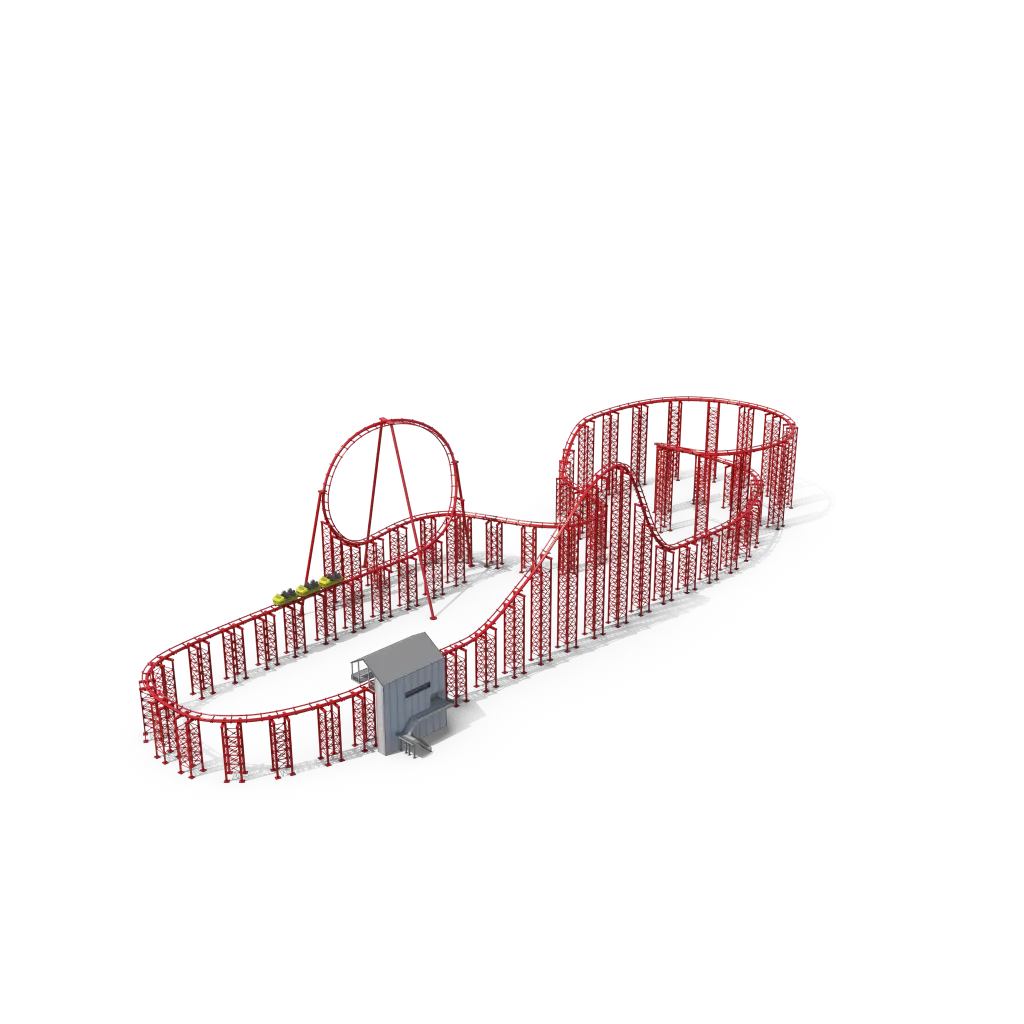

Application Fields

• Marketing: Among the most important applications of the Hype Cycle is marketing. Technologies such as ERP, e-commerce and Virtual Personal Assistant are still going through the “peak of inflated expectations”. Instead, areas of Social Media Marketing are sliding down, toward the “trough of disillusionment”, a settling phase that slows their growth and encourages questioning the transformational potential of the technologies.
• Big Data: Unlike Big Data, the Hype Cycle has no objective or scientific ambitions, but only represents an attempt to analyze a trend. Big Data might still be said to be on the last car of the little train at the apex of the roller coaster, while some technologies involving the use of this information resource, sitting in the lead carriages, have already begun their descent. Such is the case, for example, with data management.
• CRM: Customer Relationship Management leverages technology to automate, organize and synchronize different areas of a company, from marketing to sales. But many of the applications it uses are gradually losing hype, such as Sales Analytics or Price Management.
Industries
• Hype Cycle in the automotive industry
Elon Musk is a shining example of a CEO capable of generating expectation for emerging technologies. His often-hyperbolic speeches regarding his vision of the future show a constant aspiration for innovation and growth. Tesla, therefore, constantly rides the crest of the wave thanks to the credibility provided by its visionary CEO.
• Hype Cycle in the E-commerce industry
Unlike Musk, the strategy adopted by Jeff Bezos has been to purposely avoid creating hype. It can be considered a long-term strategy, so investors are willing to wait to reap the benefits. Amazon aims for the constant crossing of new generations of innovation, presenting solutions designed for specific problems. By now, the e-commerce giant is comfortable on the plateau of productivity: ready-to-use technology that delivers relevant products and services to a growing community.
• Hype Cycle in the cybersecurity industry
CyberMDX is a New York-based company that focuses on cybersecurity in the healthcare industry. In 2021, it was included in the Gartner Hype Cycle as a vendor-example in the IoT Security category. The solutions offered prevent network threats and analyze any medical device connected to the Internet of Things system. Inclusion in Gartner’s Hype Cycle can be read as validation of market leadership.
Do you have a Marketing & Sales challenge to tackle? Let’s face it. Together.
C-levels from these companies (AND MORE) relied on my expertise to overcome thEIR CHALLENGES IN THIS AREA. And You can, too.
Can I help you?Business Functions
• Hype Cycle in support of NFT purchase
In August 2021, VISA publicized through a tweet that it had purchased for $165,000 a CryptoPunk, one of many mass-produced pixelated avatars. It is not the only company trying to carve out a space for itself in the world of Non-Fungible Tokens, galloping on a global trend that could plummet at any moment.
• Hype Cycle in support of IT services
NVIDIA is a California-based hardware development company. The sophisticated Jetson AGX Xavier development kit enables the creation and implementation of end-to-end robotics applications for manufacturing, retail, smart cities, and much more. Anything involving artificial intelligence can only look down on everyone from the peak of expectations.
• Hype Cycle in support of payments
Payment gateway apps have emerged as solutions to facilitate online payments and meet the e-commerce industry. PayPal, CCBill, and WorldPay function as substitutes for physical cards. Although they are all innovative companies that have been able to enjoy the first mover advantage, PayPal still represents the most hyped provider. Take a stab at guessing who co-founded it.
Stay in wonderland
Let me show you how deep the rabbit hole goes.
Check out more of the Innovation Alphabet:
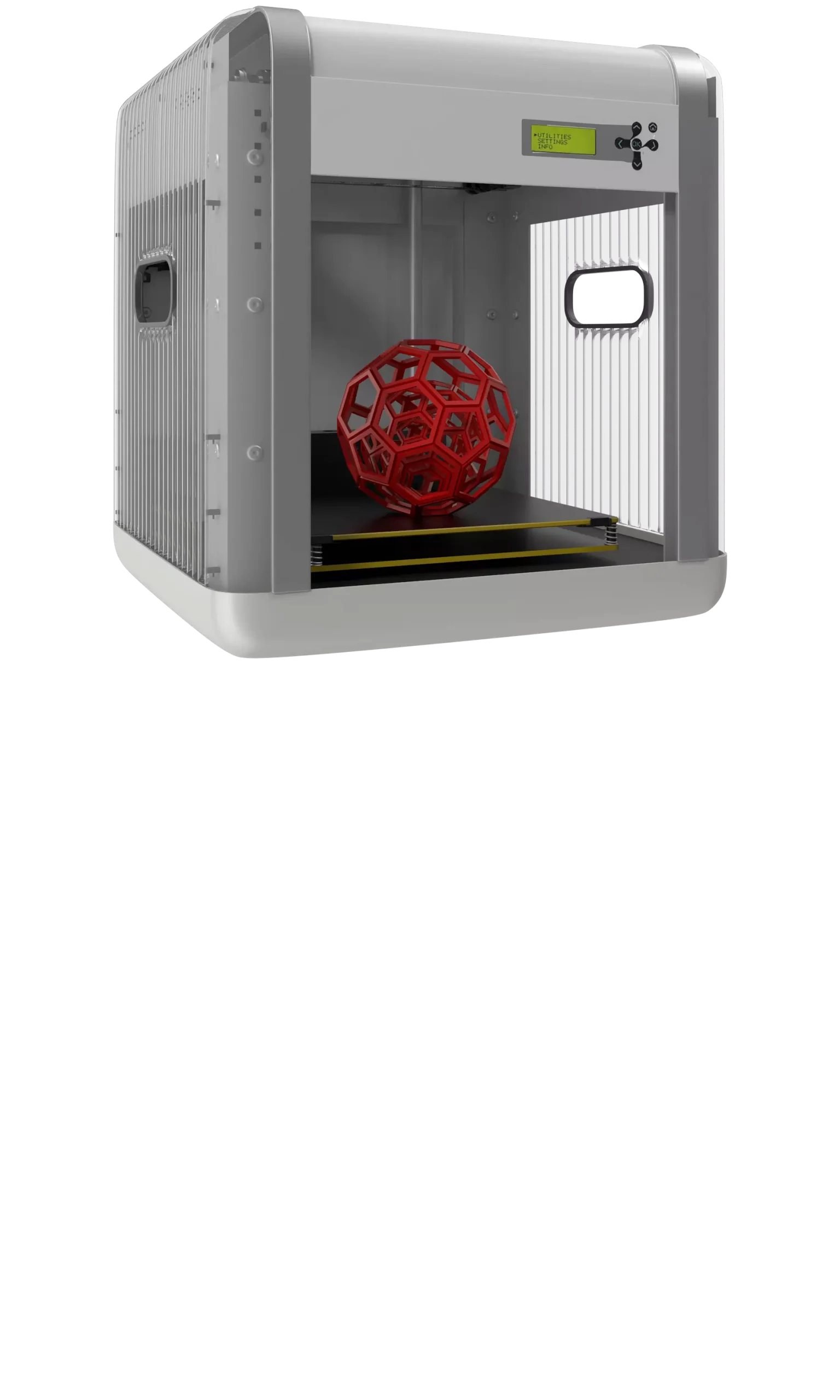
3D Printing
3D Printing
“3D printing” is a process carried out by an electronic device which, instead of resorting to the canonical ink, it molds almost any kind of material: from concrete to living tissue, most usually plastic, but also metal. And the operating principle is similar to that of a traditional printer. The creation of three-dimensional models can lead to the redesign of a company’s production capabilities.
Dive In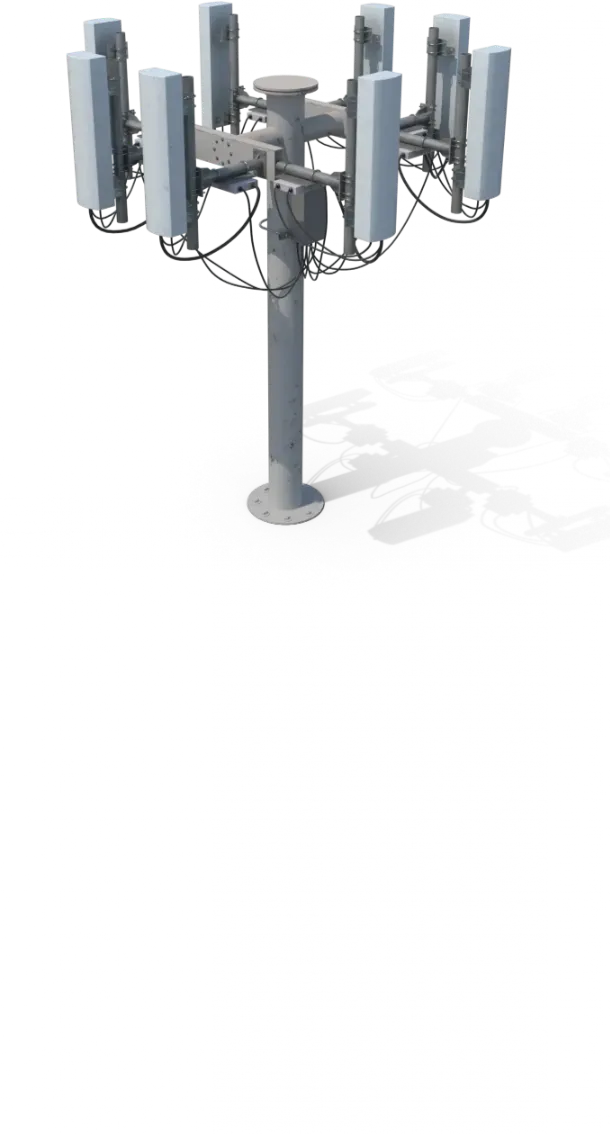
5G
5G
5G is the new frontier of cellular telephony. It was designed to improve (or completely replace) previous generations of mobile networks. The 5th generation features lower latency, ensuring flawless performance of business applications and many other digital experiences – thus enabling the new cultural generations to furiously play Fortnite away from home.
Dive In
Advanced Analytics
Advanced Analytics
The term “Advanced Analytics” refers to the ability to autonomously or semi-autonomously analyze data and content to identify correlations, develop analyses, predictions, and recommendations. It is not just a matter of collecting information and then organizing it into watertight compartments: the ultimate goal is to identify a dialogue pattern from a data-driven perspective.
Dive In
Agile
Agile
Agile is an approach to software development designed to respond to change. Teams quickly analyze the context in which they operate, identify uncertainties faced, and figure out how to adapt to always move forward. Interaction between individuals comes before processes and tools; collaboration with the customer is more important than negotiating contracts.
Dive In
Ansoff Matrix
Ansoff Matrix
The Ansoff Matrix is a marketing planning model that arises from the intersection of new and existing products and markets. It derives four possible strategies for expanding the company’s market, which are built around four variables with a changeable factor of risks and possibilities: existing product, new product, existing market, new market.
Dive In
Artificial Intelligence
Artificial Intelligence
Artificial Intelligence is not strictly defined. Basically, it is a computer system able to make decisions in an independent and flexible way. A good AI application can perform everyday tasks better than an average person (e.g., identifying other people from their photos on social media or beating the best chess player). Nothing to fear, then. Unless you are a chess champion.
Dive In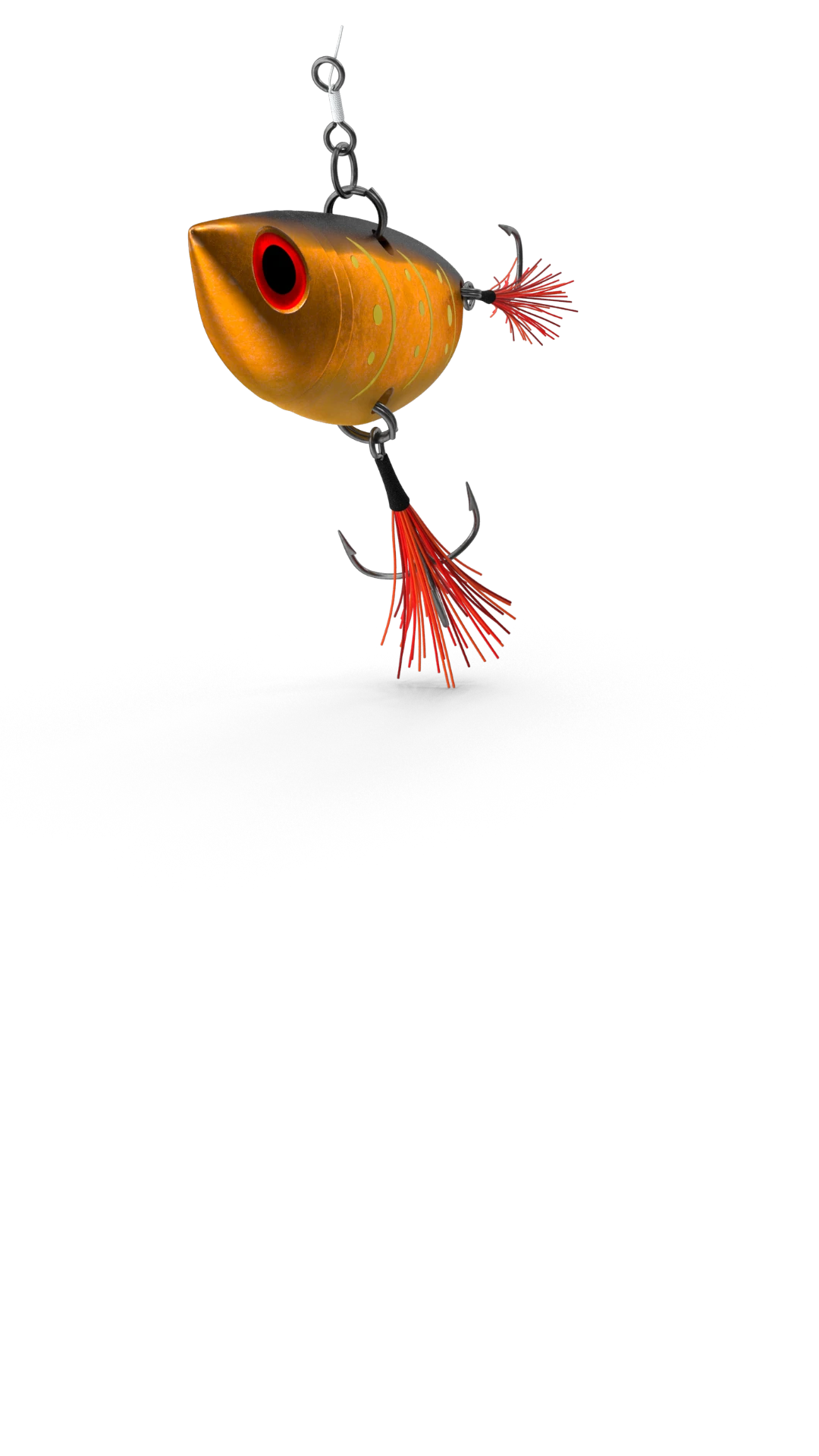
Artificial Scarcity
Artificial Scarcity
We often tend to desire what we cannot have. Or what we are in danger of losing: Artificial Scarcity is a strategy that flaunts a limited number of items that do not correspond to actual availability. The goal is to stimulate the perception in consumers that the stock of items is about to run out and thus create a need based on the “fear of being cut off” or the intention to buy the item in order to resell it at a higher price.
Dive In
Attack Surface
Attack Surface
The term attack surface refers to the part of a system that may be subject to attack or breach by hackers. The smaller that surface is, the easier it will be to protect it. Indeed, the Internet is an ocean of deep, dark waters: those who navigate it must be aware that they are exposing themselves to a flood of digital risks. Yet, ironically, we do not need a big boat to shelter us.
Dive In
Augmented Reality
Augmented Reality
Augmented Reality is an ever-evolving technology that overlays multimedia information on top of our common sensory horizon to gain a deeper understanding of our surroundings. No, it doesn’t allow you to step out of the Matrix dream simulation, nor can it be accessed by swallowing a red pill. But neither is it the disturbing experience of the Playtest episode of Black Mirror.
Dive In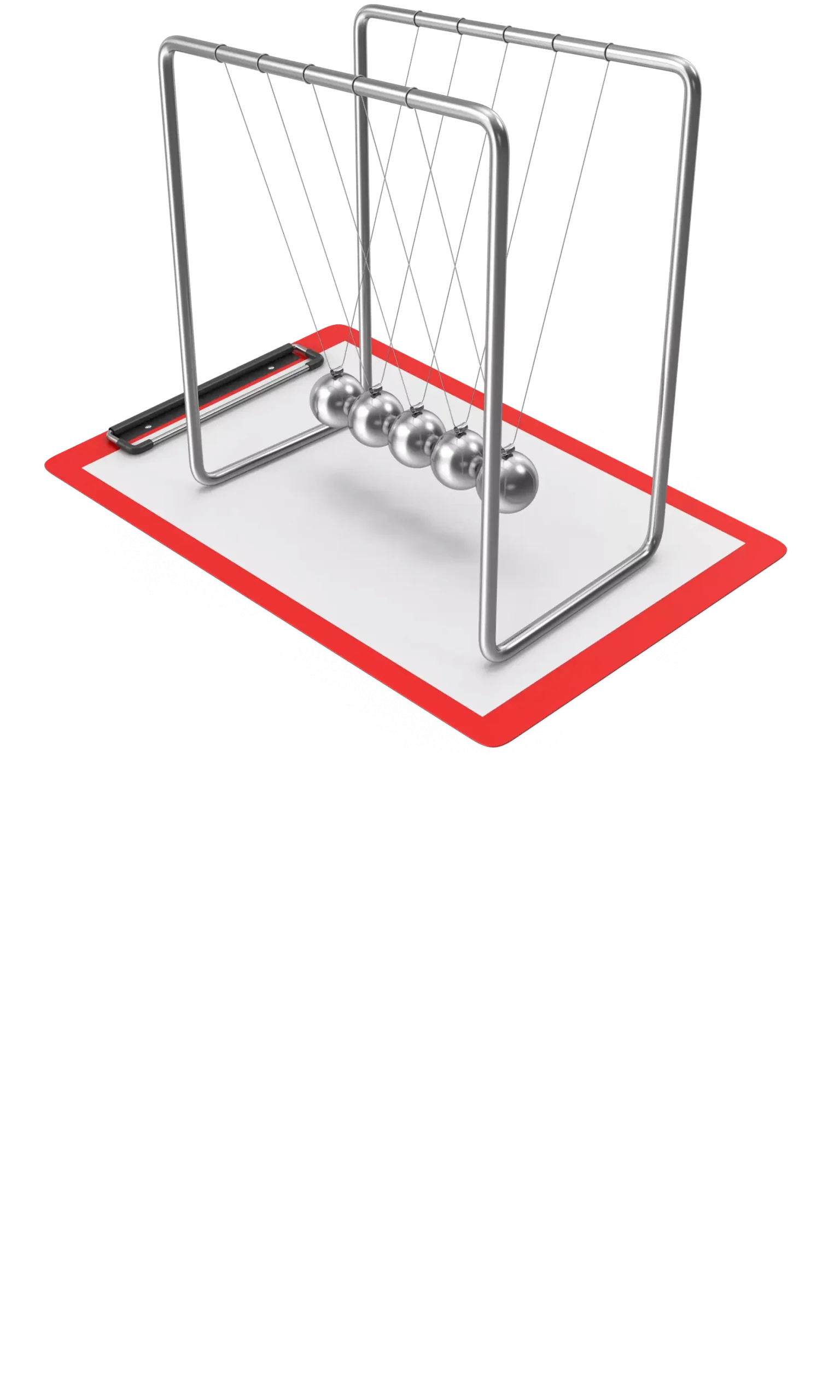
Balanced Scorecard
Balanced Scorecard
In business, as in life, you need balance. The Balanced Scorecard is a holistic tool for strategic management. It offers, in fact, the possibility of assessing corporate performance in its wholeness. An overview that embraces four perspectives: the business/financial side, customers and stakeholders, internal processes, and learning and growth.
Dive In